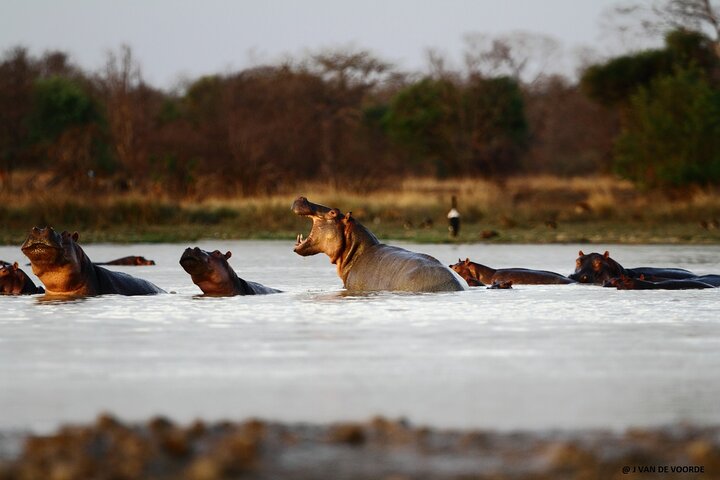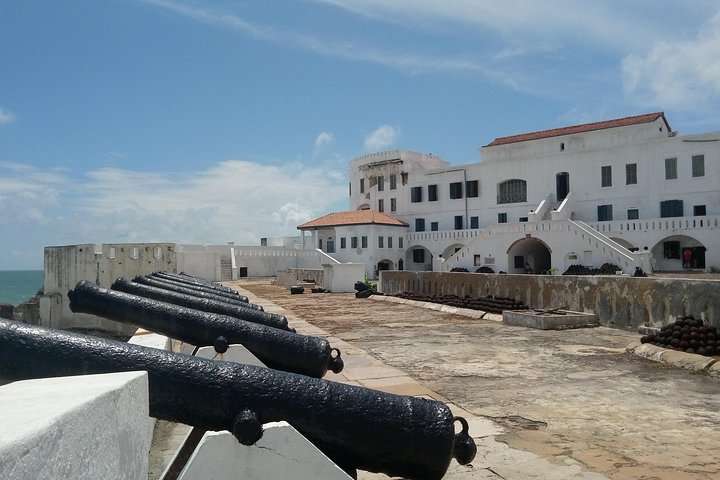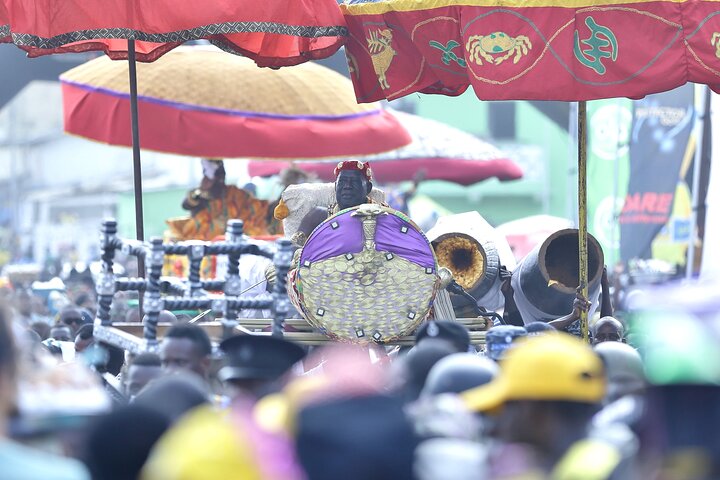Elephant Encounters and Cultural Wonders: A Day in Mole National Park, Ghana
Drawn by the allure of Ghana’s largest game park, I embarked on a thrilling safari in Mole National Park, eager to encounter the majestic elephants and immerse myself in the vibrant culture of the region.
Into the Heart of Mole National Park
As the sun began to rise over the horizon, painting the sky with hues of orange and pink, I found myself on a journey to Ghana’s largest game park, Mole National Park. The anticipation of encountering the majestic African elephants in their natural habitat was palpable. Having spent years documenting wildlife across Africa, I was eager to add this experience to my collection.
The drive from Tamale to the park was a scenic two-hour journey, offering glimpses of the vibrant local life. Upon arrival, the vast expanse of the park stretched before me, a sanctuary teeming with life. Our guide, a knowledgeable local, led us on a jeep safari, navigating through the rugged terrain with ease. The air was filled with the sounds of nature, a symphony of bird calls and rustling leaves.
As we ventured deeper into the park, the first sighting of an elephant herd took my breath away. These gentle giants moved gracefully, their presence commanding respect and awe. It was a humbling experience, reminding me of the importance of conservation efforts to protect these magnificent creatures. The park is not only a haven for elephants but also home to buffalos, warthogs, and a myriad of bird species, each adding to the rich tapestry of life in Mole.
A Cultural Tapestry in Larabanga
After the exhilarating safari, our journey continued to the historic village of Larabanga. Known for its ancient mosque, the oldest in Ghana and West Africa, Larabanga is a place where history and culture intertwine. The mosque, with its unique Sudano-Sahelian architecture, stood as a testament to the rich heritage of the region.
Walking through the village, I was welcomed by the warm smiles of the locals, eager to share their stories and traditions. The community’s commitment to preserving their cultural heritage was evident in every interaction. I had the opportunity to learn about the local production of shea butter, a craft passed down through generations. The process was fascinating, and I couldn’t resist purchasing some at a fair trade rate, knowing it supported the local economy.
The visit to Larabanga was a reminder of the deep connection between people and their land, a relationship that is vital for sustainable tourism. By respecting and supporting local communities, we can ensure that these cultural treasures are preserved for future generations.
The Vibrant Pulse of Tamale
Returning to Tamale, the bustling capital of the Northern region, I was struck by the city’s vibrant energy. The markets were a kaleidoscope of colors, with stalls brimming with fresh produce, textiles, and crafts. The air was filled with the lively chatter of vendors and shoppers, a testament to the city’s role as a commercial hub.
Exploring the markets, I was grateful for the guidance of our local guide, who helped navigate the art of bargaining. The experience was both thrilling and rewarding, offering a glimpse into the daily life of the people of Tamale. The city’s streets were alive with activity, a blend of tradition and modernity that is uniquely Ghanaian.
As I reflected on my day in Mole National Park and its surroundings, I was reminded of the importance of sustainable travel. By choosing experiences that respect and support local communities and wildlife, we can ensure that these incredible places remain for future generations to enjoy. This journey was not just an adventure but a call to action, a reminder of our responsibility to protect the natural and cultural wonders of our world.











































